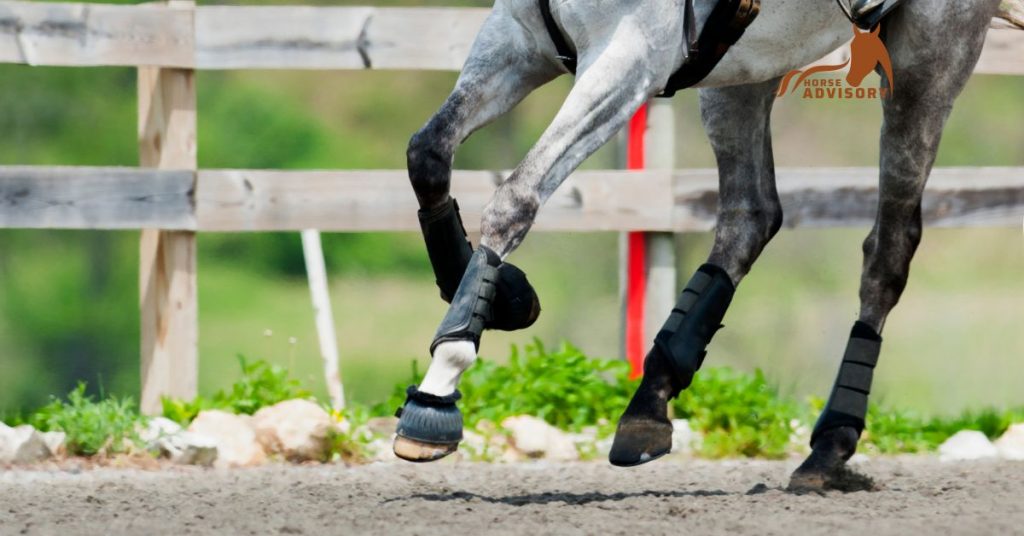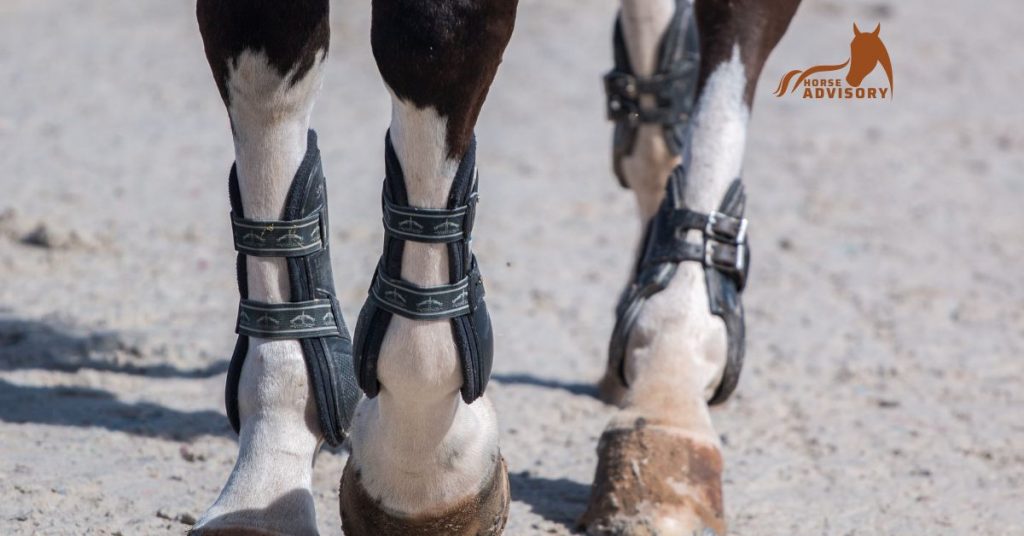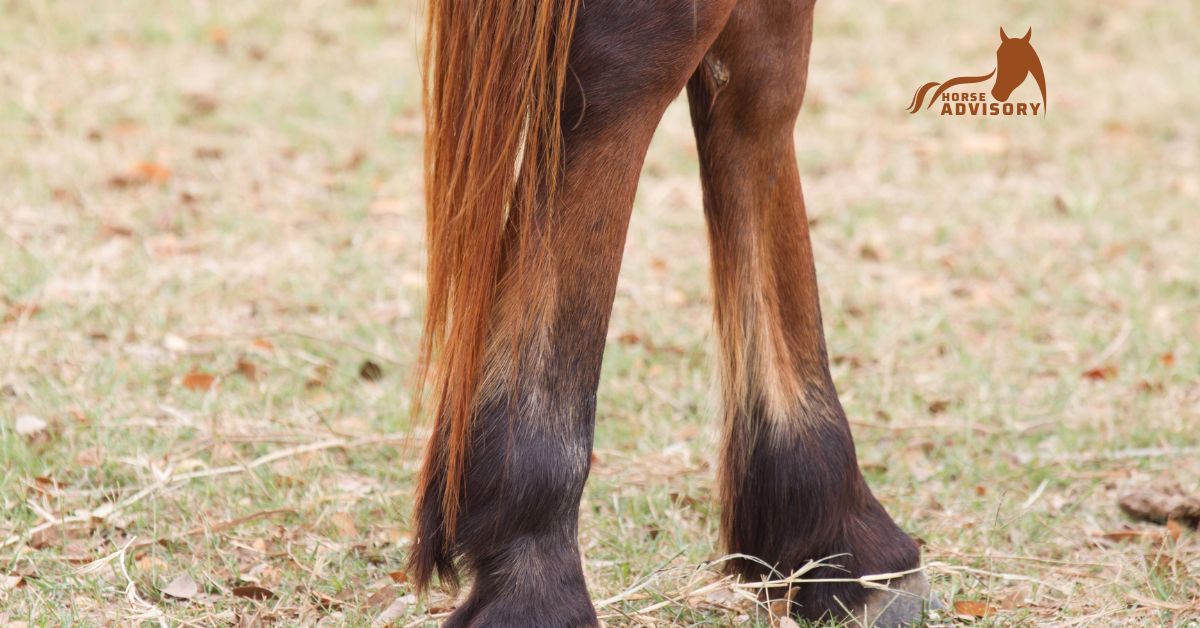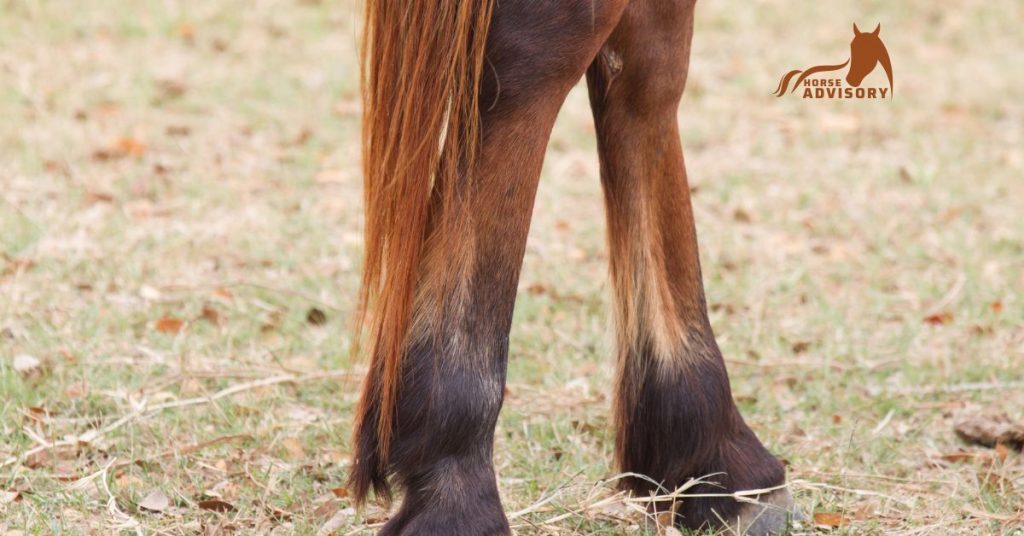When you see a horse for the first time, the first thing you’ll likely notice is its leg markings. Though there are many different types and patterns of leg markings, they all have a specific purpose. In this blog post, we’ll discuss the different types of leg markings and what they mean. We’ll also cover how to care for horses with leg markings and when to seek veterinary help. So, whether you’re a horse owner or just an admirer, keep reading to learn more about leg markings on horses!
What Are Leg Markings?
Leg markings are simply an identifying pattern or shape of white hair on a horse’s leg. They can be anything from simple stripes to intricate swirls and spots. Leg markings usually show up as white hairs, though they can sometimes be gray or black.
Types of leg markings
• Stocking – a white marking that covers the lower part of a horse’s leg
• Sock – similar to a stocking, but usually only covers a portion of the lower leg
• Coronet or Ermine Spot – small white spots located on the coronet band
• Blaze or Stripe – long white markings running from the forehead to the muzzle
• Snip – short white stripe located on the muzzle between the nostrils

Breeds with Leg Markings
1. Paint horses – a type of horse with white and dark spots or patches
2. Thoroughbreds – a breed of horse used mainly in racing, often with white markings on their legs
3. Arabians – an ancient breed of horse that is known for its distinctive leg markings
4. Appaloosas – a breed of horse with attractive spots and other leg markings
5. Friesian horses – a large draft horse, often with feathered legs and striking black-and-white
Why Do Horses Have Leg Markings?
Leg markings serve as an identifying feature for horses, similar to the way humans use fingerprints. The unique markings can help owners differentiate individual horses from one another, especially in large herds. They also make it easier for breeders and judges to identify horses at shows and competitions.

Caring for Horses With Leg Markings
- When caring for horses with leg markings, it’s important to pay attention to the environment. Leg markings can fade if exposed to too much sun or dirt, so it’s best to keep horses in a covered area when they’re not being ridden.
- In addition to protecting against fading, monitoring your horse’s legs is also important. Inspect your horse’s legs regularly for signs of injury or infection, and make sure to seek veterinary help if any issues arise.
- Finally, don’t forget to brush your horse’s coat and legs regularly. This will ensure that their leg markings remain bright and clear!
How to Interpret Leg Markings
Leg markings can also be used to tell the gender of a horse. If a horse has four white socks, it’s likely a mare; if it only has two white socks, it’s probably a stallion.
In addition to determining gender, leg markings can also reveal the age of a horse. Young horses tend to have more distinct leg markings than older ones. As horses age, their leg markings may fade or become less defined.

What causes legging Markings?
1. Genetics: Leg markings are caused by genetic factors that can be inherited from the horse’s parents.
2. Environment: Environmental factors, such as sun exposure or dirt accumulation, can also cause changes in a horse’s leg markings.
3. Disease: Certain diseases, such as equine skin diseases or fungal infections, can also lead to changes in leg markings.
4. Injury: Injuries, such as cuts or scrapes, can also cause changes in leg markings.
Conclusion
leg markings are a unique and attractive feature of horses that serve as identifying patterns for owners and breeders. Leg markings can be caused by genetics, environmental factors, disease, or injury. It’s important to protect your horse’s legs from sun exposure and dirt accumulation, inspect them regularly for signs of infection or injury, and brush the coat and legs to maintain their beauty. With proper care and attention, you can help ensure that your horse’s leg markings remain bright and vibrant!
Frequently Ask Questions
Q: How can I make sure my horse’s leg markings remain bright and vibrant?
A: You should protect your horse’s legs from sun exposure and dirt accumulation, inspect them regularly for signs of infection or injury, and brush the coat and legs to maintain their beauty.
Q: What can cause changes in a horse’s leg markings?
A: Leg markings can be caused by genetics, environmental factors, disease, or injury.
Q: How can leg markings be used to tell the gender of a horse?
A: If a horse has four white socks, it’s likely a mare; if it only has two white socks, it’s probably a stallion. Young horses tend to have more distinct leg markings than older ones. As horses age, their leg markings may fade or become less defined.
Q: What types of horses have leg markings?
A: Many breeds of horses, such as Appaloosas and Friesians, have distinctive leg markings that make them easily identifiable. Leg markings can also be found in other horse breeds, though they may not be as pronounced or unique.
Q: How will caring for my horse’s legs help protect their leg markings?
A: Caring for your horse’s legs will help protect the leg markings from fading due to sun exposure and dirt accumulation. Additionally, monitoring your horse’s legs regularly for signs of injury or infection can help ensure that the leg markings remain clear and vibrant.
Q: Can leg markings be used to determine a horse’s age?
A: Yes, young horses tend to have more distinct leg markings than older ones. As horses age, their leg markings may fade or become less defined. This can help owners and breeders determine the age of a horse based on its leg markings alone.





